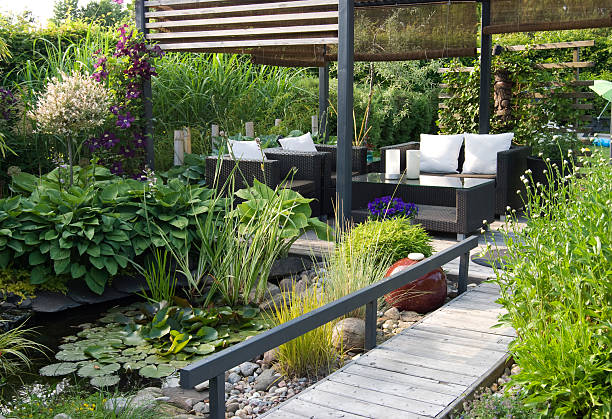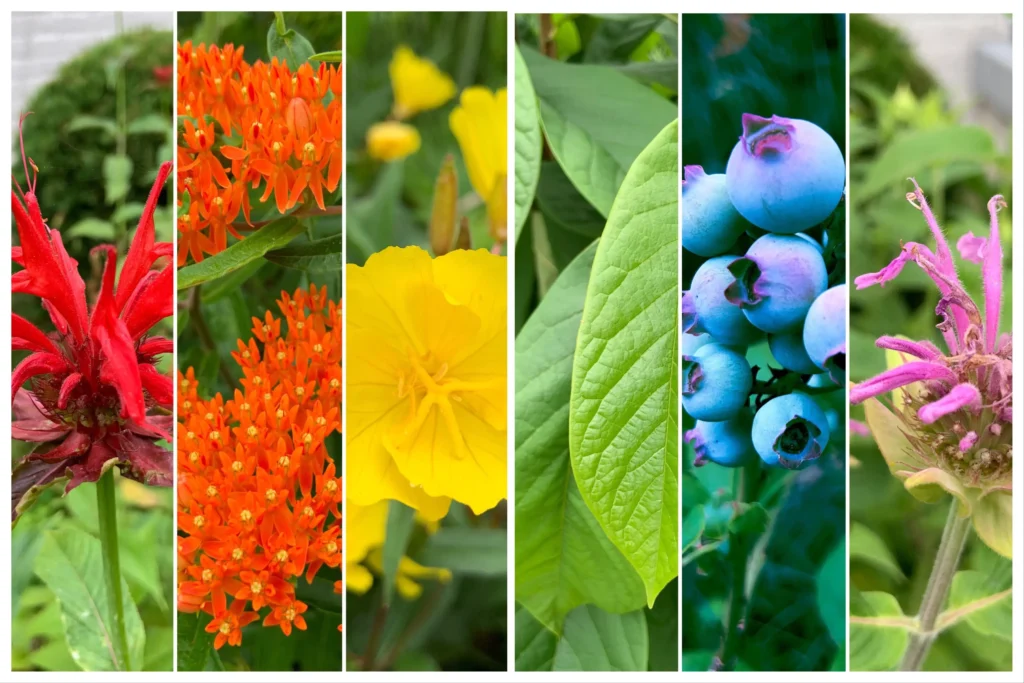Introduction
Sustainable landscaping is more than a trend—it’s a smart, eco-conscious approach to designing and maintaining outdoor spaces that support the environment while saving you time, water, and money. Whether you’re starting from scratch or updating an existing yard, making sustainable choices benefits both your garden and the planet.
In this guide, you’ll learn how to create a beautiful, functional, and environmentally friendly landscape using simple, practical techniques that promote biodiversity, minimize waste, and reduce your ecological footprint.
Let’s explore how to build a greener future—one garden at a time.
1. ♻️ Why Choose Sustainable Landscaping Techniques
Sustainable landscaping involves designing, installing, and maintaining your outdoor space in a way that conserves natural resources and minimizes negative environmental impact.
Core Principles:
- Water efficiency
- Soil health and regeneration
- Native and climate-adapted plants
- Biodiversity support
- Reduced chemical use
- Minimal waste
Unlike traditional landscaping, which often requires excessive irrigation and synthetic fertilizers, sustainable landscaping focuses on long-term health and resilience.
Simply put, it’s landscaping that works with nature, not against it.
2. Plan with the Environment in Mind
Before planting, observe your site’s conditions:
- Sunlight and shade
- Soil type and drainage
- Slopes and erosion risks
- Wind exposure
Eco-Friendly Design Tips:
- Group plants with similar water and sunlight needs
- Use contouring or berms to slow runoff
- Leave natural areas undisturbed to support local wildlife
Planning with intention creates a low-maintenance, high-impact space.
3. Choose Native and Drought-Tolerant Plants
Native plants are adapted to your local climate and require less water, fewer fertilizers, and minimal care.
Benefits of Native Plants:
- Support pollinators and local fauna
- Resist pests and diseases naturally
- Require less maintenance and watering
Examples:
- Mediterranean gardens: lavender, rosemary, thyme
- Desert gardens: succulents, agave, yarrow
- Temperate climates: ferns, wildflowers, native grasses
When in doubt, check with a local nursery or extension service.
4. Improve Soil Naturally
Healthy soil supports healthy plants and efficient water use. Avoid chemical fertilizers and focus on building soil organically.
Tips:
- Add compost and aged manure regularly
- Use cover crops and green manure in off-seasons
- Apply organic mulch to retain moisture and suppress weeds
Healthy soil acts like a sponge, storing nutrients and moisture where your plants need it most.
5. Conserve Water with Smart Techniques
Water conservation is a cornerstone of sustainable landscaping.
Water-Saving Methods:
- Install drip irrigation or soaker hoses
- Water early in the morning or late in the evening
- Group plants by water needs (called hydrozoning)
- Collect and reuse rainwater with a rain barrel system
A well-designed irrigation plan can reduce water use by up to 50%.
6. Use Mulch and Ground Covers
Mulch helps lock in moisture, protect roots, and prevent weed growth.
Best Options:
- Organic: wood chips, straw, bark, leaves
- Living mulch: ground covers like creeping thyme or clover
Bonus: mulch breaks down over time, improving soil fertility.
7. Reduce Lawn Area
Lawns are beautiful but require a lot of water, mowing, and fertilizing. Reducing turf size is one of the easiest ways to make your garden more sustainable.
Alternatives:
- Native grasses
- Ground covers
- Gravel paths or patios
- Flowering meadows or wild zones
Every square meter of removed lawn saves water, fuel, and emissions.
8. Encourage Biodiversity
Create a habitat where beneficial insects, birds, and small wildlife can thrive.
Ideas:
- Install a bee or butterfly garden
- Add birdhouses, water basins, or native hedges
- Avoid pesticides and herbicides whenever possible
Biodiversity creates a balanced ecosystem that helps your garden thrive naturally.
9. Reuse and Recycle Garden Materials
Sustainable landscaping also includes reducing waste:
- Repurpose old bricks, stones, or wood for borders and paths
- Compost garden and kitchen scraps
- Use salvaged containers or reclaimed materials
Sustainability starts with small changes—and creativity counts.
10. Maintenance with a Green Mindset
How you care for your landscape is as important as how you design it.
Tips:
- Use electric or manual tools instead of gas-powered ones
- Monitor plants for pests rather than spraying preventively
- Prune, weed, and amend soil regularly
Regular observation and care = fewer problems and greater results.
Final Thoughts on Sustainable Landscaping
Sustainable landscaping is not only good for the environment—it’s good for your peace of mind. By making intentional choices in how you plan, plant, and maintain your outdoor space, you can enjoy a thriving, beautiful garden that aligns with your values.
Whether you’re reducing your lawn, planting pollinator-friendly flowers, or installing a rainwater collection system, every eco-conscious step makes a difference.
Let your landscape reflect your commitment to a healthier planet—one green space at a time.
🌿 Want more tips for your garden? Check out our 7 Garden Design Ideas to Transform Your Outdoor Space


Pingback: Walkable Ground Cover: 6 Tough Plants for Lawn Replacements
Pingback: Rock City Gardens: Stunning Backyard Design Ideas